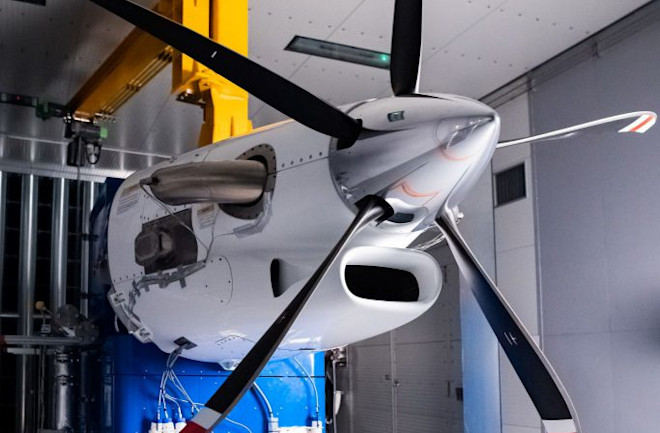In 2014, eight engineers started a secret project behind the walls of GE Aviation’s headquarters. Their challenge? Build an aircraft engine with 3D printing instead of traditional manufacturing.
The engineers wanted to make an engine with fewer parts than normal – way fewer parts. The normal CT7 turboprop – a small engine that’s commonly used in helicopters – has about 900 pieces to it. By the time they finished their new prototype, dubbed the aCT7, the engine only had 16.
At the time, the engineers weren’t fixated on putting the engine into an actual aircraft. But their design experiment paved the way for an even bigger endeavor – creating a 3D-printed engine for an actual airplane that will carry actual passengers.

